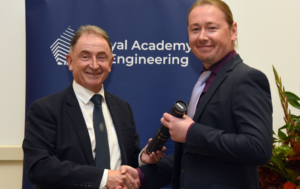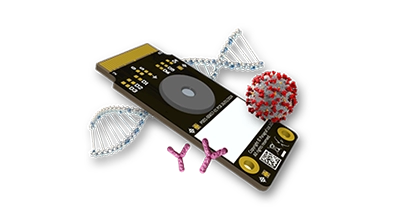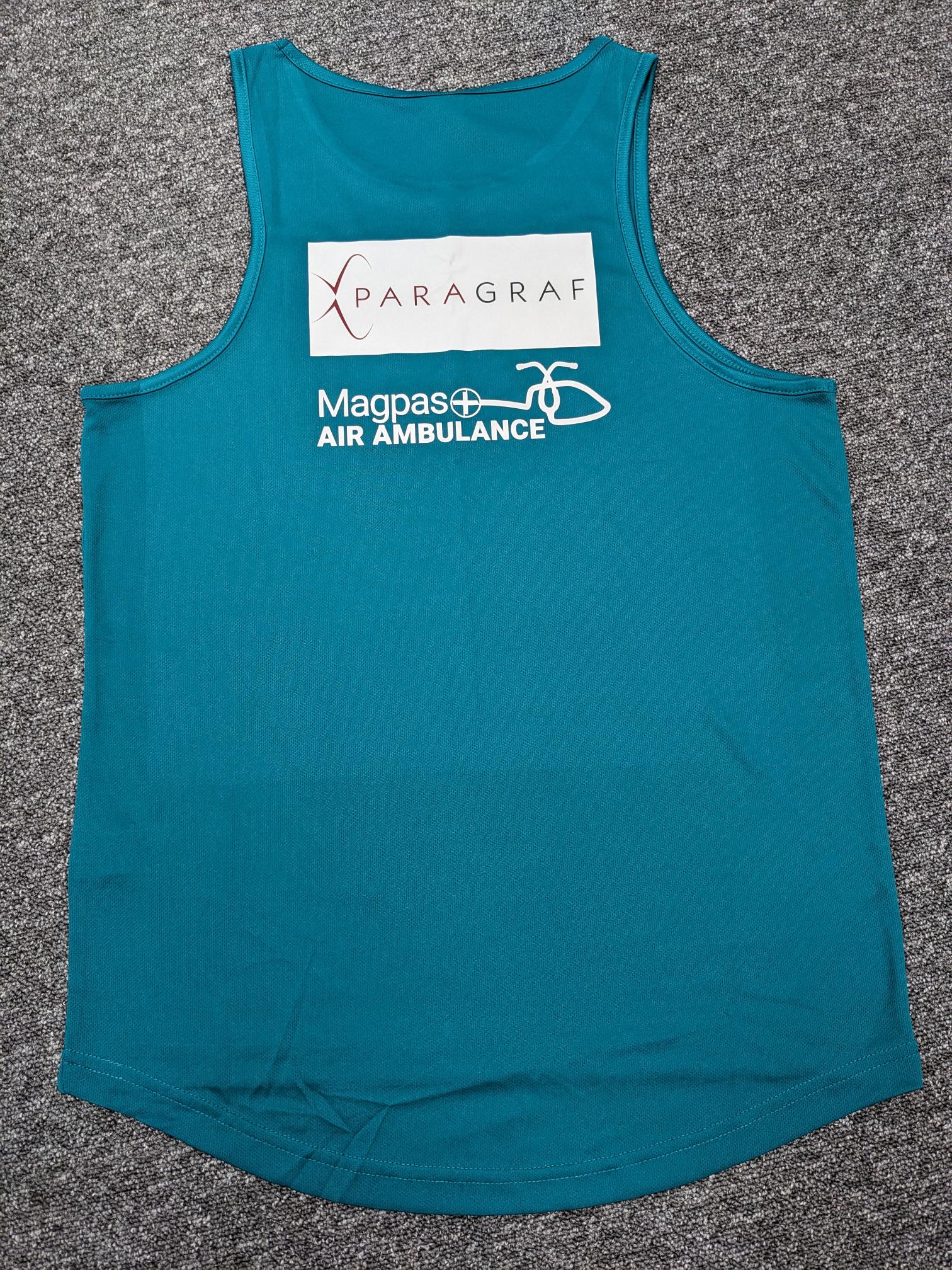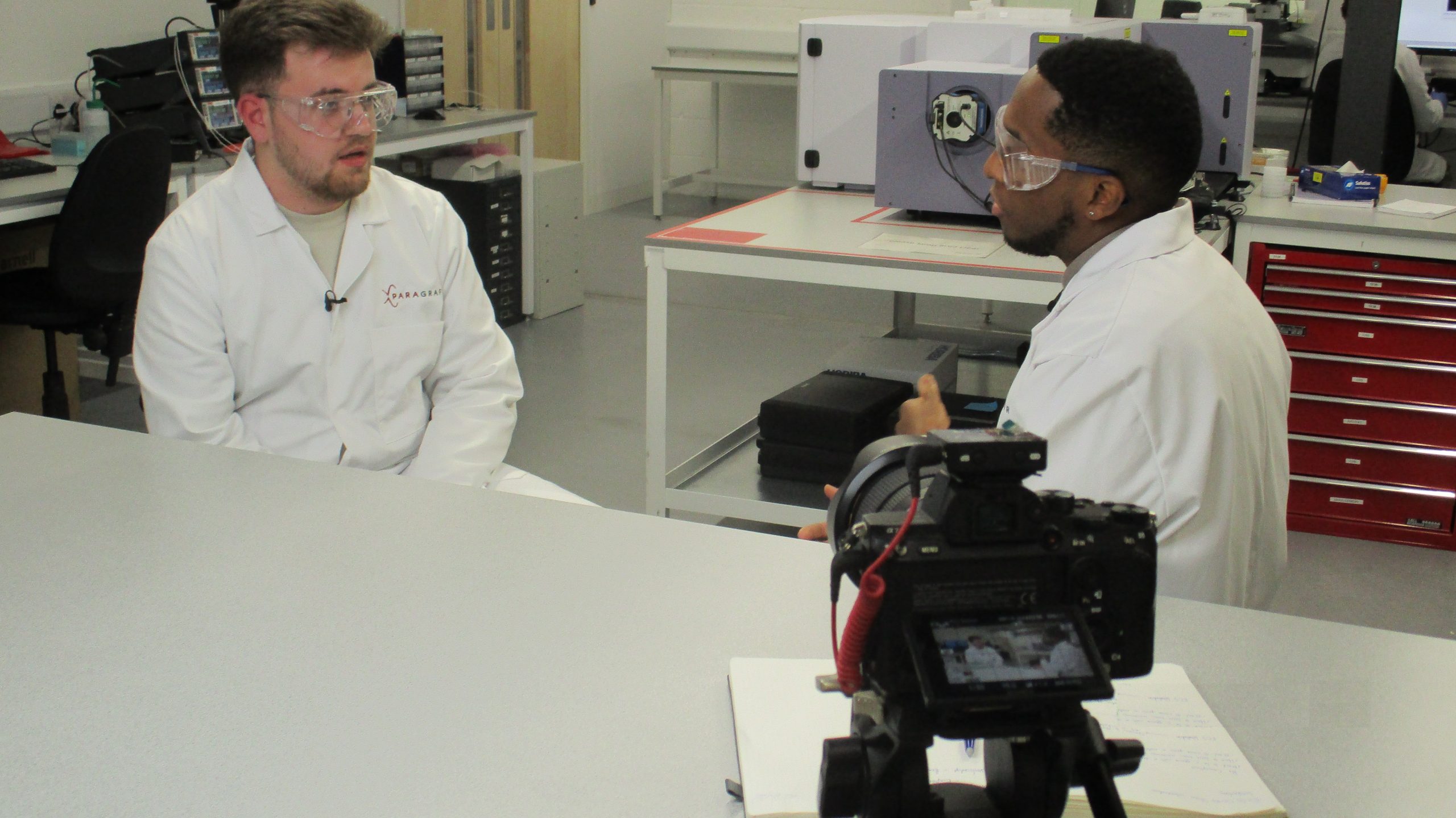Paragraf™ has leveraged its expertise in the manufacturing and implementation of graphene technology to make another major advance in Hall sensor performance. The company has announced the availability of a new sensor range capable of unmatched sensitivity and linearity when placed in low temperature environments and in strong magnetic fields.
Tested at the High Field Magnetic Laboratory (HFML) at Radboud University Nijmegen, the GHS-C sensors support operation in magnetic fields up to 30 T and at cryogenic temperatures (down to 1.5 K). The sensors deliver a degree of accuracy that has not previously been achievable under these conditions, sustaining non-linearity errors of significantly less than 1% across the full measurement range.
The transformative magnetic field measurement capabilities of the GHS-C devices are due to the graphene sensor elements. Graphene’s inherent high electron mobility directly translates into high sensitivity capability, which is maintained across the entire magnetic field range – making these devices far simpler to calibrate.
The two-dimensional nature of graphene also means high quality, repeatable and accurate data is provided by the GHS-C sensor, with no hysteresis and immunity to in-plane stray fields. This is a step beyond conventional Hall sensors which have demonstrated asymmetry, producing different measurements depending on field direction.
A further advantage of the GHS-C range is their very low power operation resulting in power dissipation is in the
Examples of suitable applications include low temperature quantum computing, high-field magnet monitoring in next generation MRI systems, fusion energy field control, particle accelerators, and other scientific and medical instrumentation. The sensors can also be directly used in fundamental physics experiments e.g., quantum physics research, superconductivity and spintronics.
“Under cryogenic temperatures and in extremely high magnetic fields, the sensitivity performance of other high-end Hall sensors drops off acutely. This is due to interactions occurring between the different layers of the sensor element. It leads to linearity issues that curb their range, as well as making them incredibly difficult to calibrate. Consequently, the best achievable accuracy of these sensors becomes significantly limited above around 16 T,” states Paragraf’s CEO, Simon Thomas. “By relying on 2D graphene sensor elements, we can circumvent this problem completely. It means there are no interactions to impinge on performance and linearity, as well as enabling symmetrical outputs, with no hysteresis, to be derived. We are grateful to the team at HFML for their assistance in helping us prove the ultra-high magnetic field capabilities of our sensors.”
Paragraf and HFML will hold a joint webinar on 1 December to share and discuss the results of the tests.
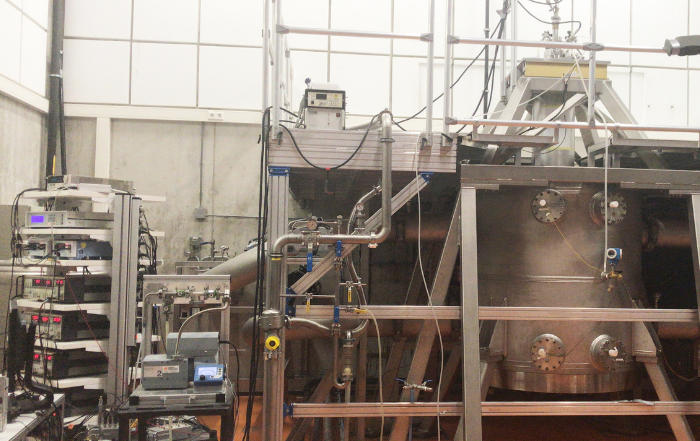
Picture shows (on the right) the 37 T magnet used to test the GHS-C, with a cryostat and variable temperature inserted inside and the measurements electronics and gas handling system (left)


